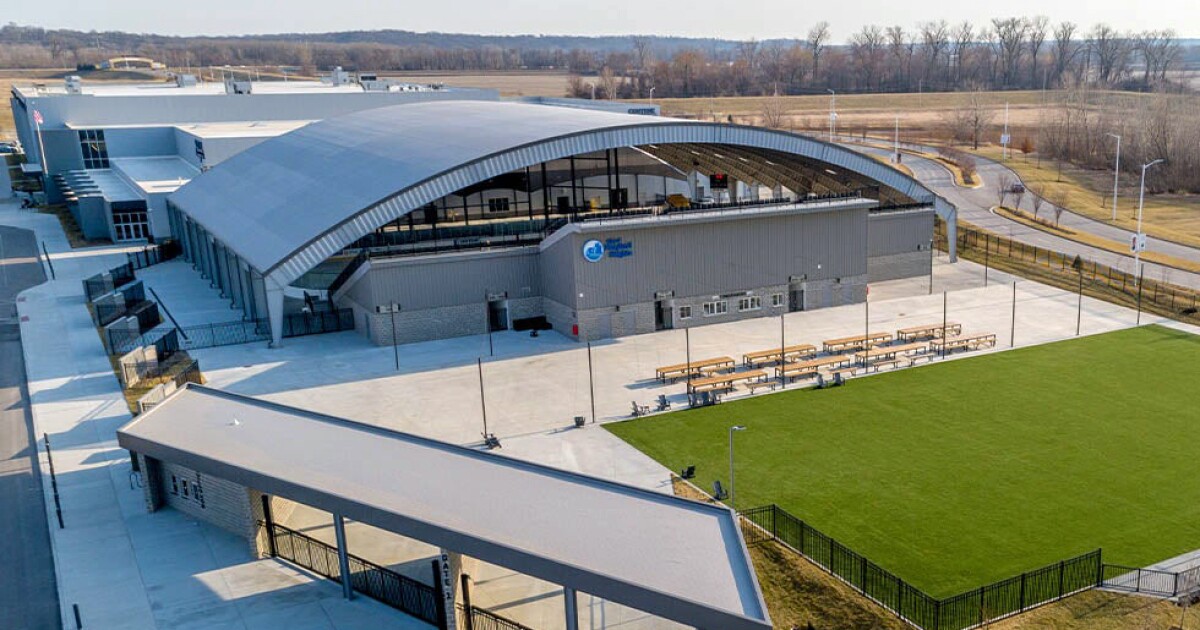Ice rink bonds leave St. Louis suburb at risk of fall to junk
2 min read

A small city in Missouri could see its credit rating cut to junk by S&P Global Ratings because of financial woes plaguing a local ice rink backed by municipal debt.
The St. Louis suburb of Maryland Heights, home to since the pandemic, when it was forced to temporarily shut its doors.
The Industrial Development Authority of the City of Maryland Heights — the agency that issued bonds for the facility — also defaulted on an interest payment to holders of its subordinate debt last month.
The 2018 deal consisted of a $50.2 million A series and $5.5 million subordinate B series, all sold without bond ratings.
The default sparked a warning from S&P, which placed Maryland Heights on credit watch with negative implications. This means that there’s a 50% chance the rating could change within 90 days.
Maryland Heights has $26 million of debt outstanding, according to data compiled by Bloomberg. It last borrowed from the muni market in 2020.
Because of the way the bonds for the ice center are structured, Maryland Heights technically isn’t on the hook to pay bondholders. The ice center was built in a community improvement district which can levy up to a 1% sales tax for approved public uses, and that revenue is among the sources used to pay bondholders.
Under the financing agreement, the city had agreed to set aside up to $625,000 each year to replenish a reserve account protecting the senior bonds if the revenue couldn’t cover debt payments. It has done so at least a few times since 2020, according to regulatory filings.
City spokesperson Trisha Hall said in an emailed statement last week that Maryland Heights has “more than fulfilled these obligations over the past few years by providing funding beyond what is legally required.”
The city hasn’t agreed to make backstop payments to replenish the reserve account of the subordinated debt series that defaulted, according to the bond documents.
Dave Otto, board member of the St. Louis Legacy Ice Foundation, the nonprofit that operates the ice rink, said he hopes the center wouldn’t have to face a default again.
“Inflation has hit all of us and it hit the ice rink as well,” he said on a call, adding that while revenue picked up, so did expenses. He declined to comment on how or when last month’s default could be remedied. About $53 million is outstanding on the bonds, according to data compiled by Bloomberg.
Regardless of the city’s obligations toward the ice center, the recent default may cause bond investors to be more skeptical of Maryland Heights’ willingness to support future projects, said Lisa Washburn, a managing director at Municipal Market Analytics.
“If Maryland Heights were to come to the market, there could be a higher degree of skepticism that could lead to them having to pay an incrementally higher cost on their debt,” she said. “It’s because they have debt with their name on it that has defaulted, whether or not they were obligated to pay.”







